While the railway station is only a few hundred metres away
from our Santana Apartment at Rua Martin Vaz 80, there were a few apprehensions
about the logistics and safety of the short trip to the station avec baggage. To
start with, the stairs to our 3rd floor apartment are best described
as precipitous, narrow, poorly designed, with a handrail designed for a child’s
hand, and finally, well beyond Ann’s physical capability to negotiate with a laden
suitcase. I provided the mule service and we survived the trip downstairs. The poorly
maintained, uneven, potholed cobblestoned streets were the next challenge, but
fortunately suitcases appear to be built to handle this sort of abuse. The trip
was all downhill or escalator up and that was a great positive for the walk. Not an easy way to start the day, but we did the trip in good time, had breakfast at the station cafe, and caught anearlier train than we planned.
The train ride to Sintra is about 40 minutes travelling through what I read somewhere described as “working class” Portugal. It was suburb after suburb of crappy looking, boxy, poorly maintained, multi-storey apartment blocks stacked together, draped with washing and filling the whole vista.
A confronting sight and environment. Yes, people do have to have a place to live but these monstrosities built by inept planners and politicians are not a great solution. The graffiti and tagging is horrific, I haven’t seen anything so complete or so bad like it anywhere else in the world. The money spent on cans of tagging spray paint would probably pay off Portugal’s national debt.
The view does improve as you approach the hills around Sintra and the targets for the day come into view. Pena Palace and the old Moorish Castle ruins are striking skyline features. We had planned a “drop bags at the accommodation and run” start for the day. However the very cooperative staff at Villas Cintra took us up to our spacious apartment, checked us in, gave us the key and said come back whenever suits. Unsurprisingly, the room had yet to be cleaned for our scheduled 4 00 pm check in, as it was only 9 00 am. But it was nice to know the bags were secure for the day. With a bit of uncertainty as to when food would next appear, we found a little Mercearia and added some fruit and water, and two Moro bars to our day's provisions. Our accommodation is just below the central tower in this photo.
So off we went! A No 434 bus dropped us at the entry gates to Pena Palace and we walked with the crowd up to join the 10 30 am entry queue. The palace is an imposing edifice.
Like many of these structures its origins are 'was a monastery/ then a royal rural retreat that became a palace'. There has been something on this site long enough that King Manuel, who sponsored the previously mentioned Vasco da Gama, just happened to be up here enjoying the view in 1898, when he spied da Gama sailing back up the Tagus, returning from his first voyage of discovery. His eyesight was a bloody sight better than mine and the day must have been crystal clear, but sometimes I think it’s just a case of never let the facts get in the way of a good story. The king then developed the old wooden monastery into a more modern stone castle as a celebration of his successful wager on VdG, and Portugal’s move towards world domination.
The pictures capture the story: this is a quite 'domestic' palace. the royal family did quite a bit of living here in the second half of the 19th century. The palace is well stocked with beautiful furniture and has very extravagant decoration, some Moorish in origin and some more the Portuguese azulejo style.
The furniture is a mix of original royal stuff, and some accumulated 'this would look good at Pena’ stuff'.
King Carlos fancied himself as an artist and semi-completed cavorting nudes adorn his office walls. Maybe a distraction from dreary business affairs?
The palace also boasts several very modern features like a hot bath and the first flushing toilet in Portugal! And there's a telephone room where the king could dial into the opera rather than wrestle with traffic back to Lisbon.
Views from the palace are impressive and the palace and surroundings are well worth all the uphill walking efforts involved in getting there.
We then walked downhill to the Moorish castle, a very large ruin, but still impressive and adequate to show how the inhabitants lived.
The main challenge of this site was to climb up to the lower tower and then walk around the battlements all the way up to the Royal Tower.
There are more great views of Sintra and Pena Palace as you walk around the battlements, and very interesting interpretive signage explaining how the Moors lived their lives. While it is a very impressive defensive structure, the Christians, with God on their side, were able to successfully take it over in 1147.
We took the Santa Maria Way, a walk down through the forest on a well-formed stone pathway. That took us to the placa outside the National Palace of Sintra. Lots of touristy shops and lots of people, I wouldn't come here in the high tourist season!!
The palace was a little different in style to Pena, but quite large and with plenty of interesting stories. I felt a bit bad for King Alfonso V1 who had a childhood illness that left him mentally unstable. After he became king he was removed and imprisoned in a room of this castle, where he stayed, guarded by 300 soldiers until he died 9 years later. In the meatime his wife had married his brother who became King Pedro 11. Sounds all a bit Shakespearean really. There were the normal lashings of decoration, and furnishing. One of the main features of this palace is the kitchen, designed to cater for feeding the 300 or so people the king liked to keep around him. The roof of the kitchen is two huge chimneys designed to keep the working area free from the smoke of the cooking fires. These chimmneys are a prominent part of the silhouette of the palace, and we can even see them from our apartment.
The palace is still used for occasions of state, though I doubt whether that extends to cooking the required food in the palace kitchen.
Ceilings were another feature. One roof was entirely decorated with swans, possibly a sentimental gesture by a king whose daughter left home to be married and loved swans. Another was covered with magpies. This apparently refers to palace gossipers who made too many references to the king's close association with a lady in waiting. The magpies all say Por Bem, (For good) the king's personal motto. Another was of heraldic crests with the royal crest central.
The facing hill is full of the mansions of those wishing to be 'close' to the king.
We sampled a coffee and one of the famous Sintra tarts which have dry pastry and a marzipan filling, but I stayed with the more famous and tastier Pasteis de Nata tart.
Home and onto our lovely terrace, where we decided the sun was far enough over the yardarm to have a bevvie while we enjoyed the view and the sun. Looks like some of the locals are into outdoor fires. Big chimneys coming from a couple of patios.
We dined locally at Incomum and had lovely meals. Great place to dine if you are in town.
Next day, for a relatively relaxing day we thought a trip to Cabo da Roca and then on to the beach at Cascaais would be the go. A bus did eventually arrive to take us there, but that had chewed up about an hour of waiting in the sun. It then turned out that the bus no longer did the trip on to Cascais, so we reviewed the plan, and took in the views at Europe's western most point and headed back to Sintra.
And of course the feature that all visitors flock to is the Initiation Well, (inverted tower), a gothic spiral staircase, descending around 88 metres into a maze of underground tunnels. Apparently it was used for ceremonial rites - not sure of the rite I, along with a chain of other tourists, was involved in but it was an interesting experience!


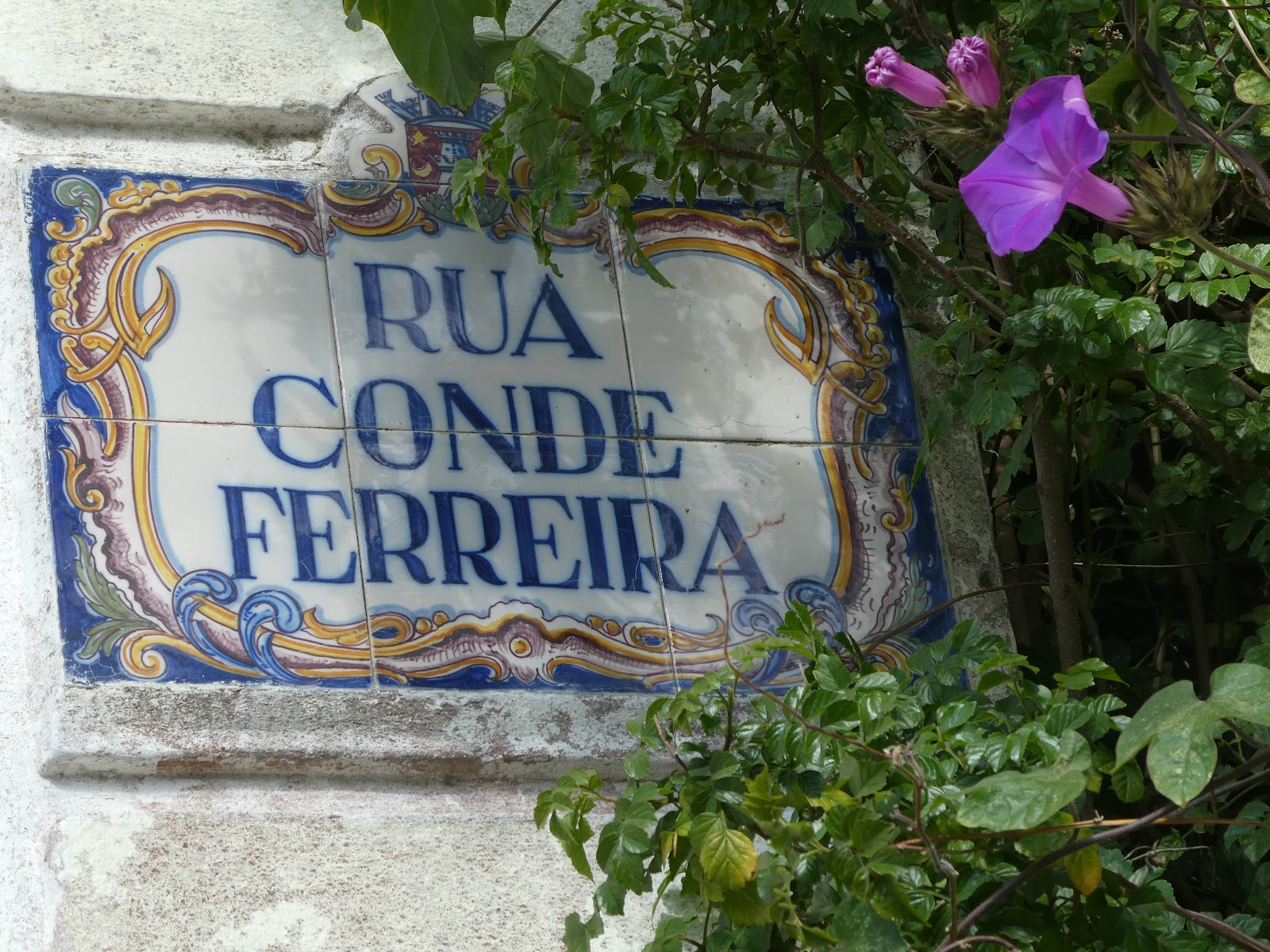










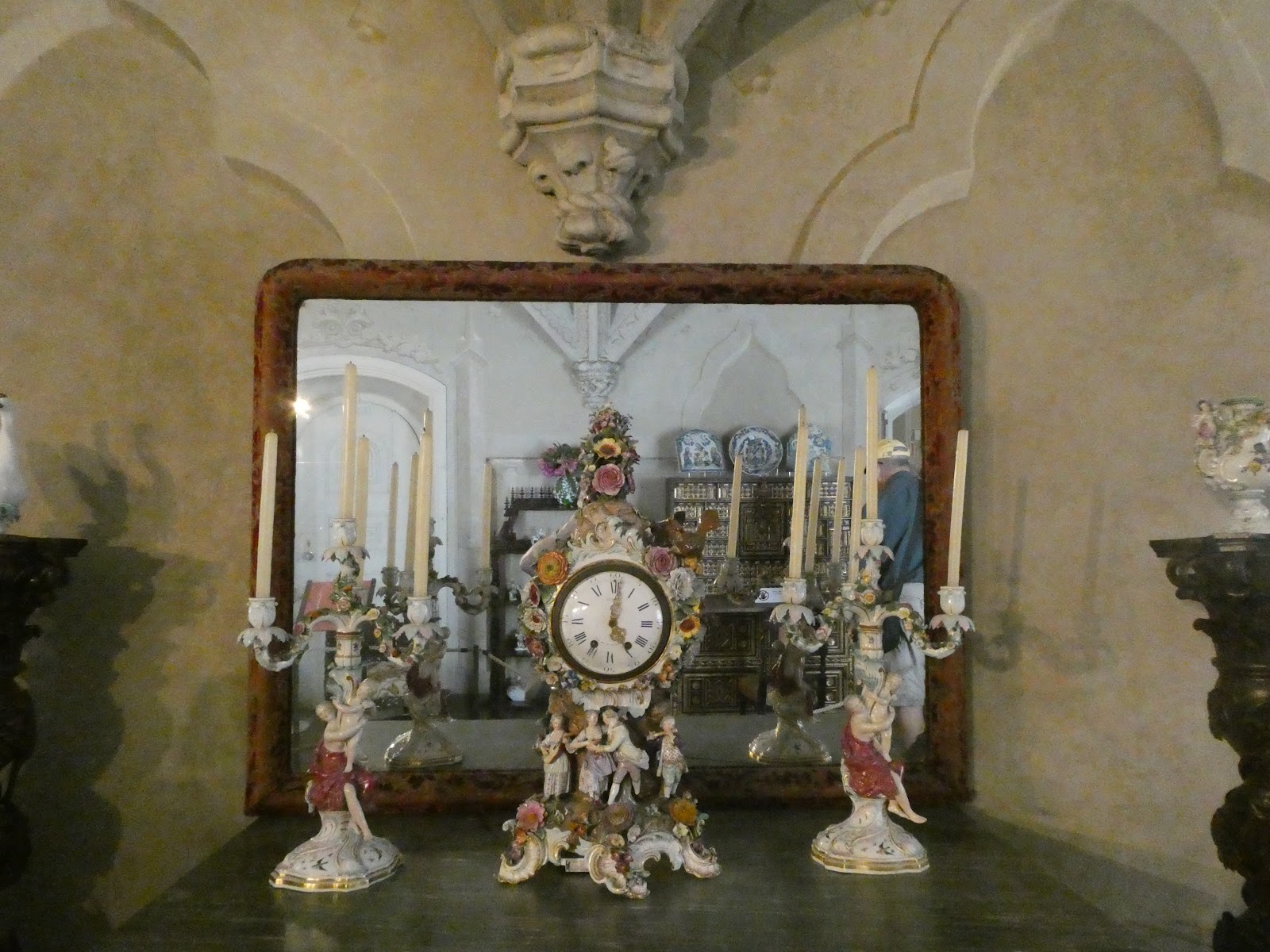

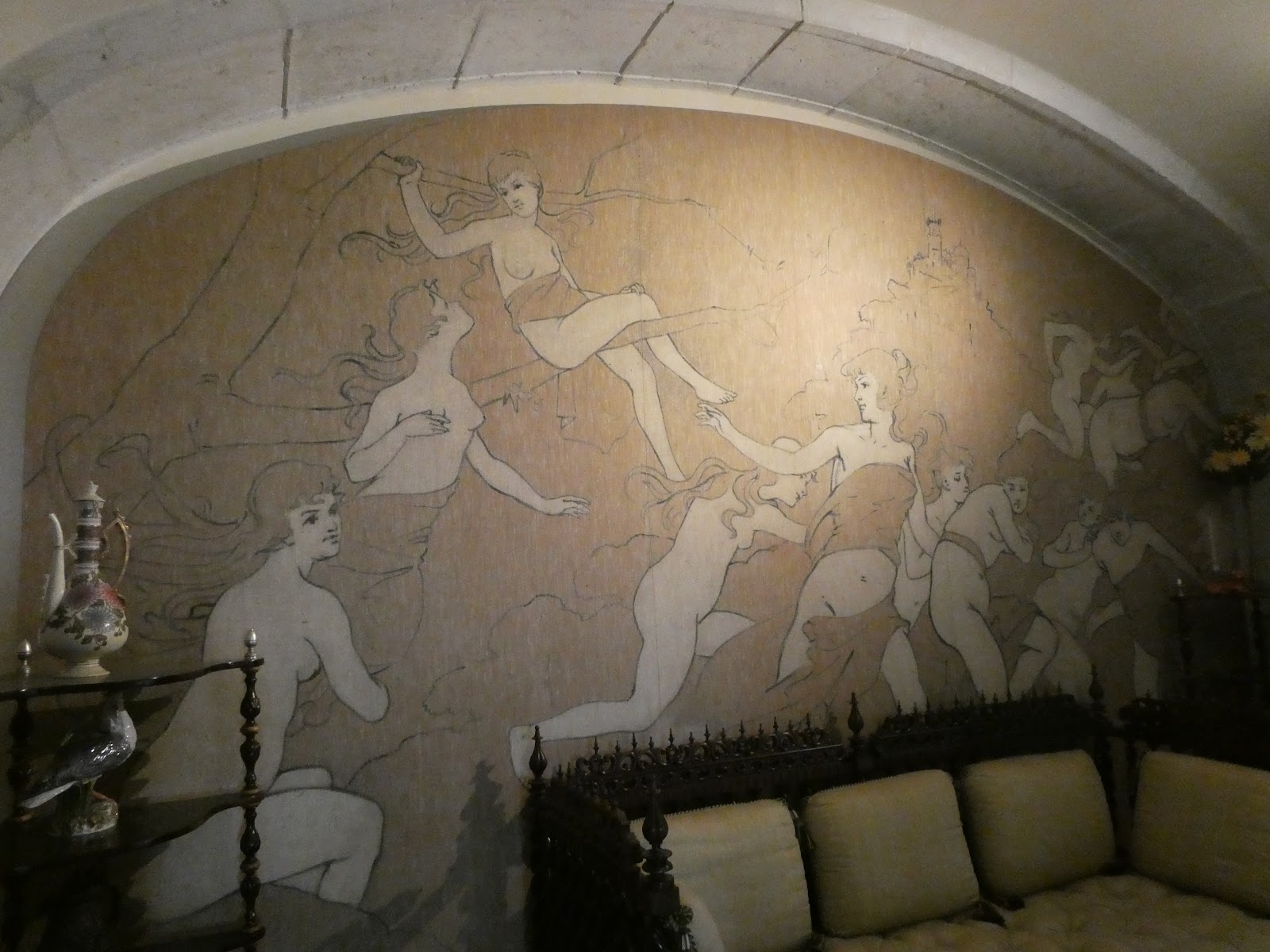





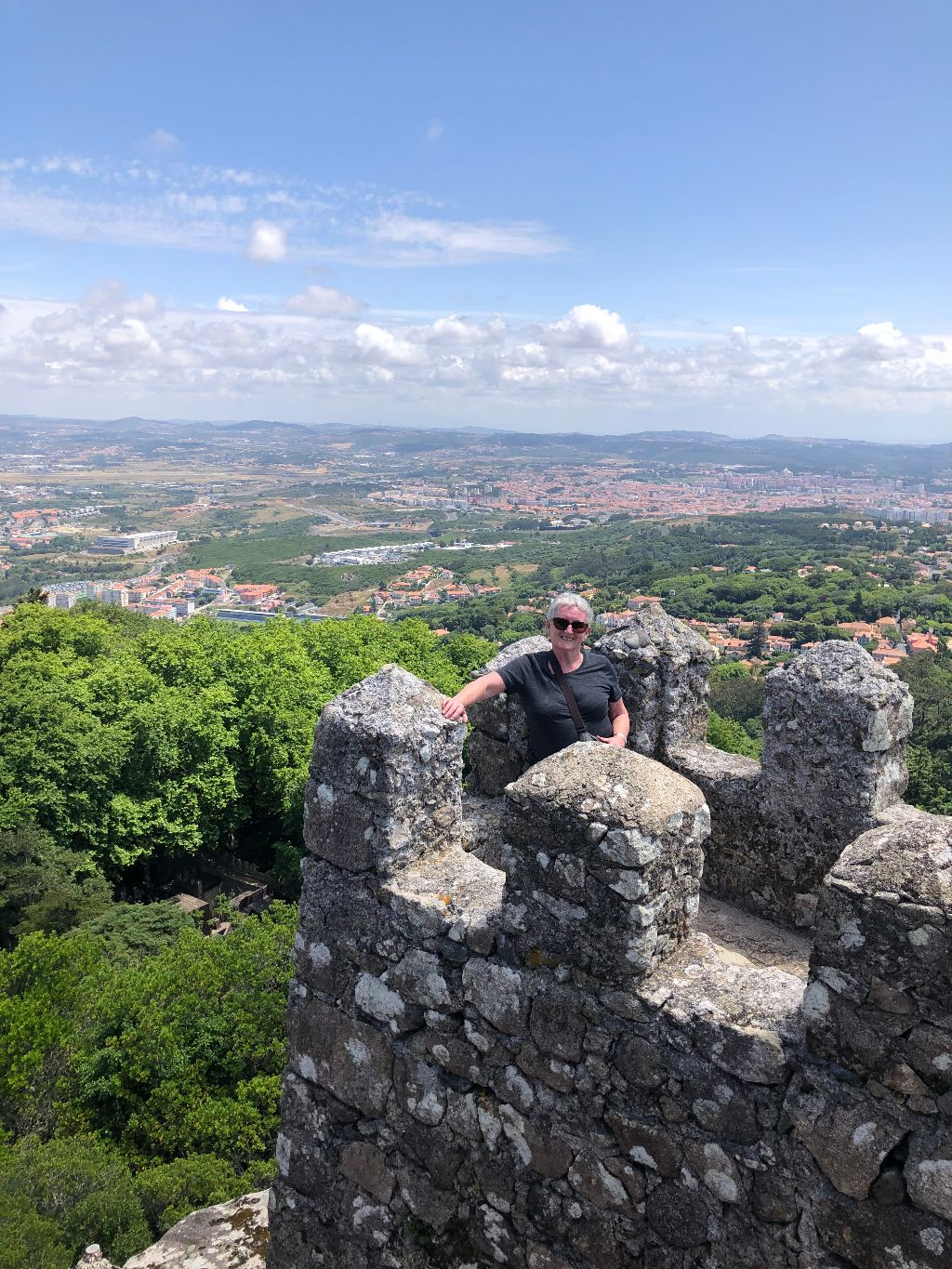

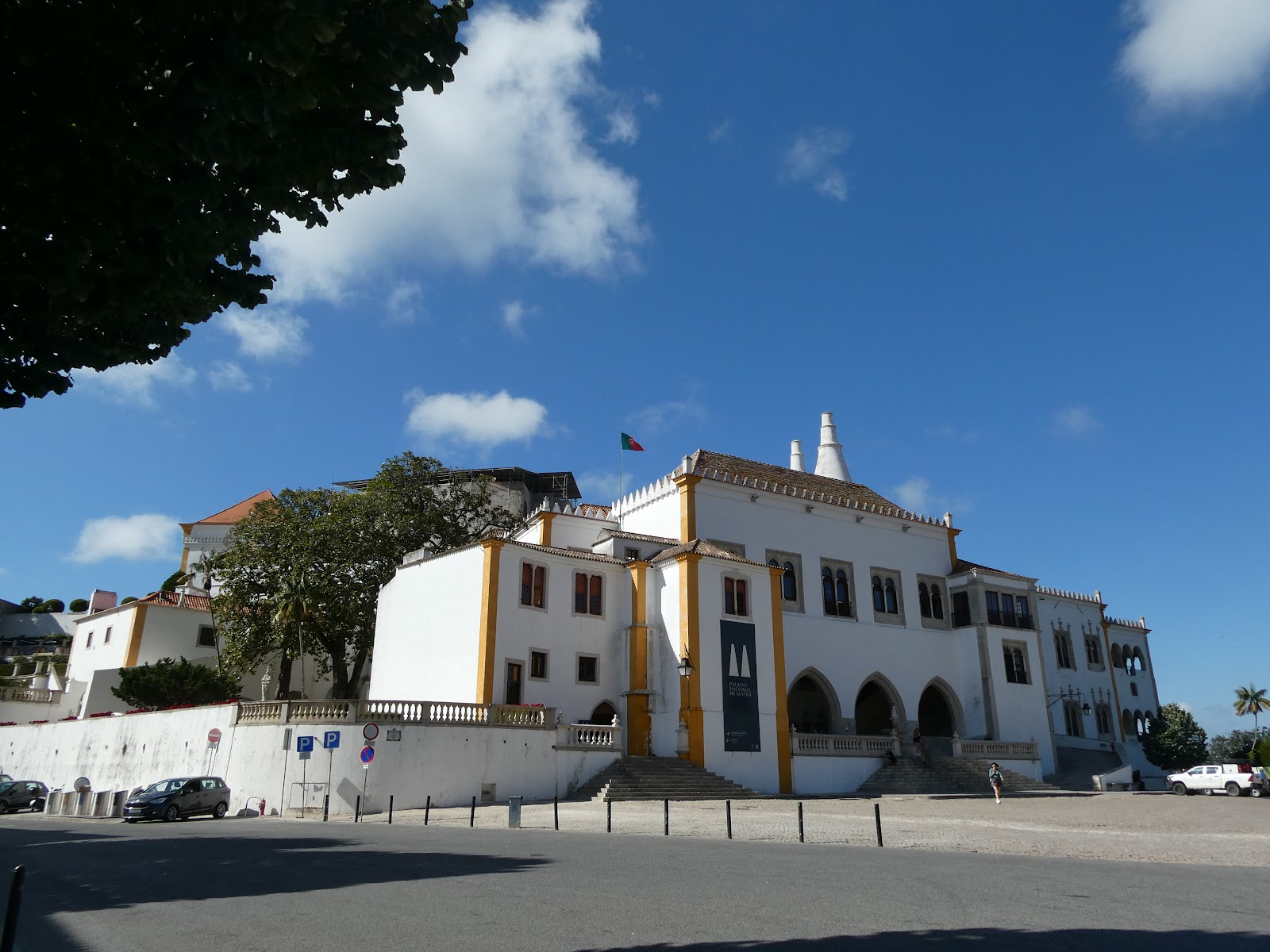



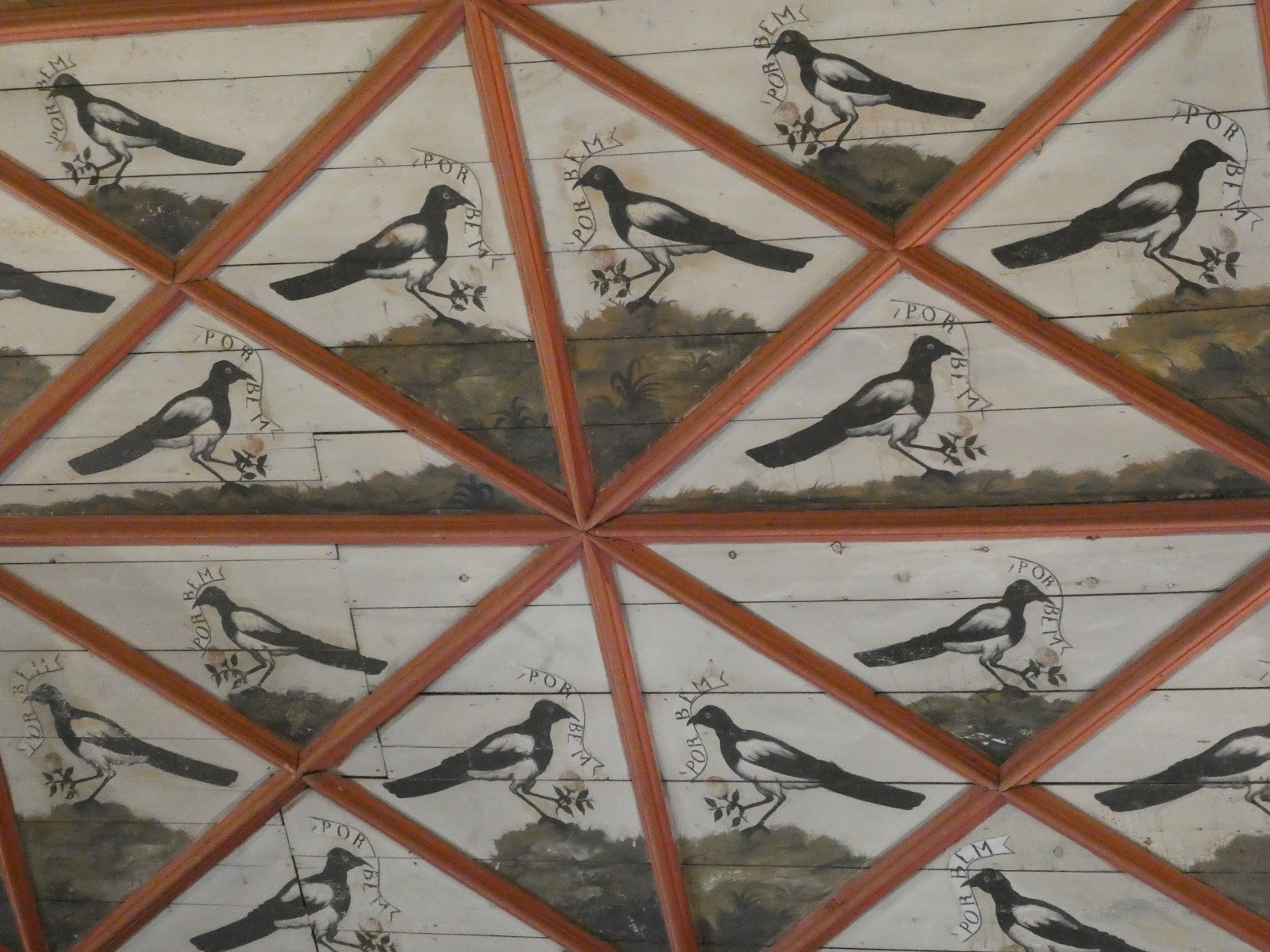
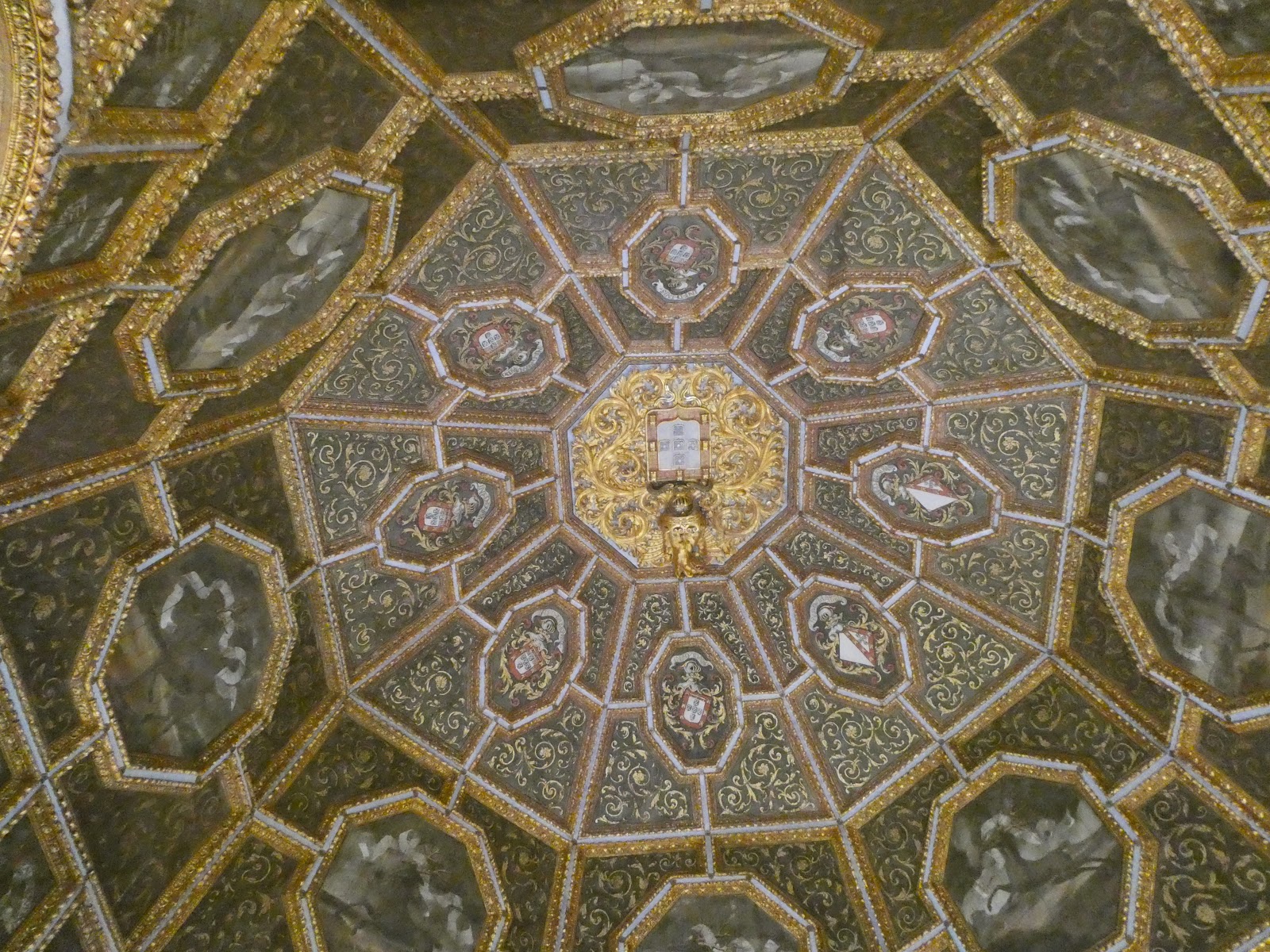






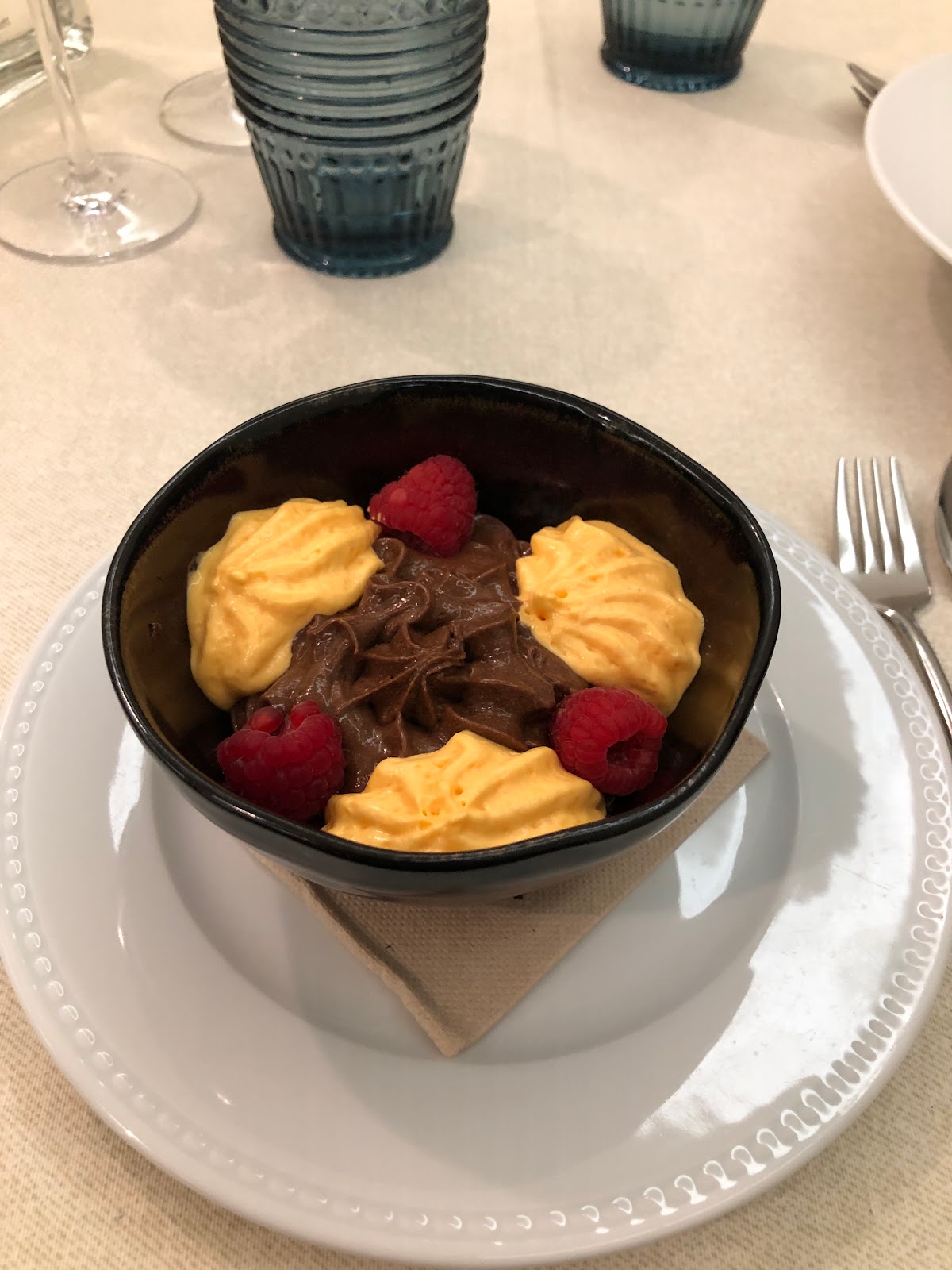










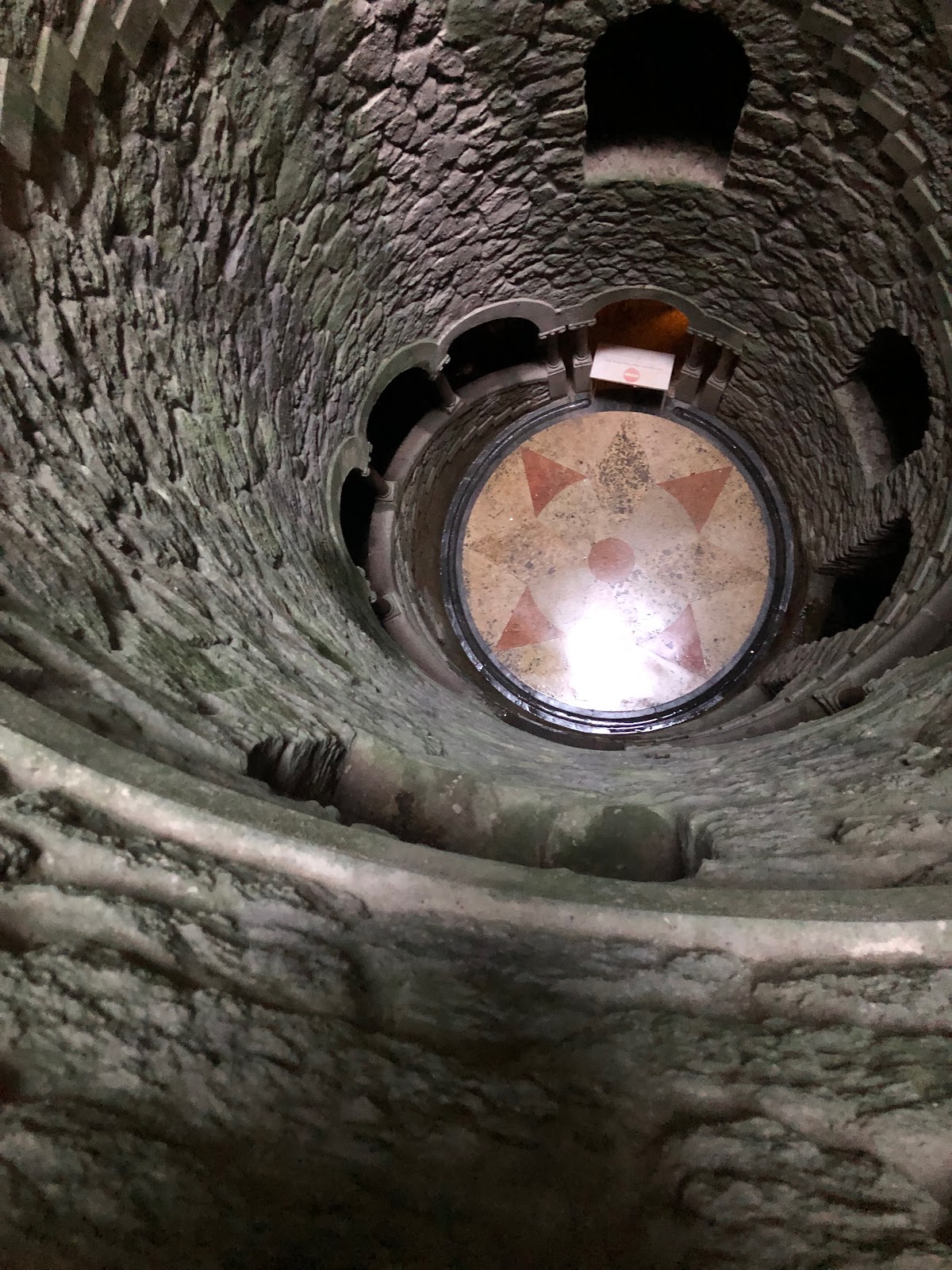




Great to read your commentary and to follow your trip Steve and Ann. We will draw on your experience for some ideas ourselves - next year. Regards. Gerald
ReplyDelete